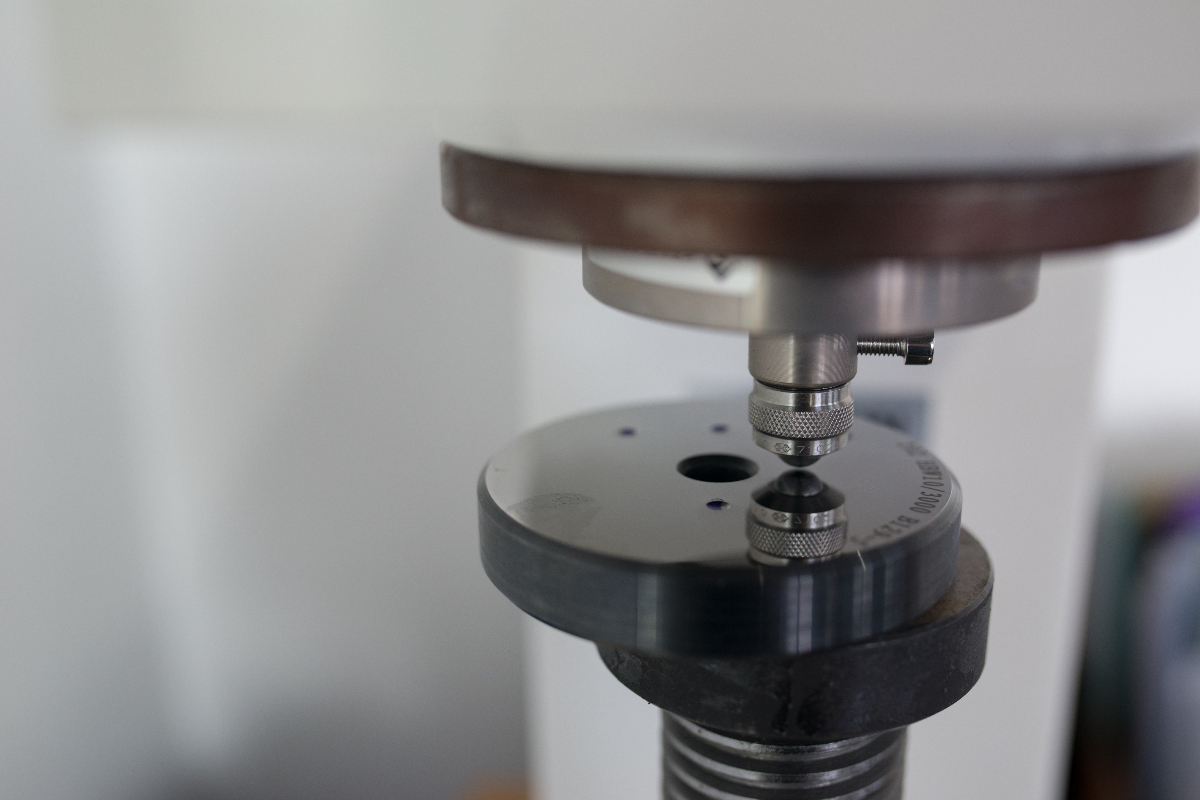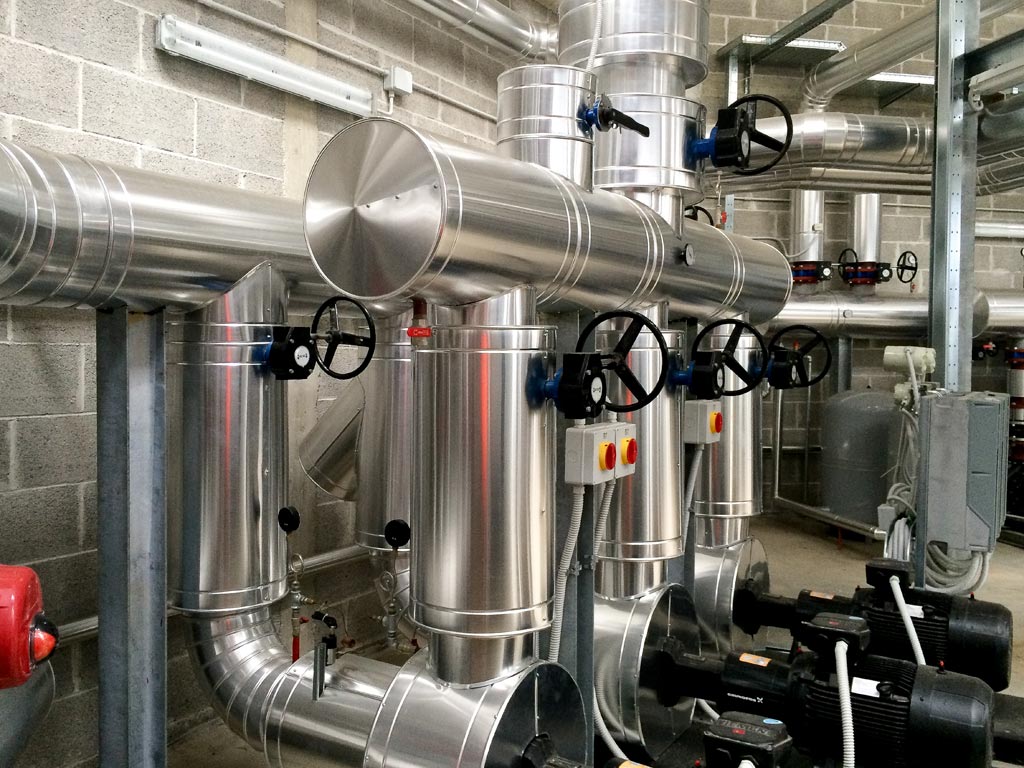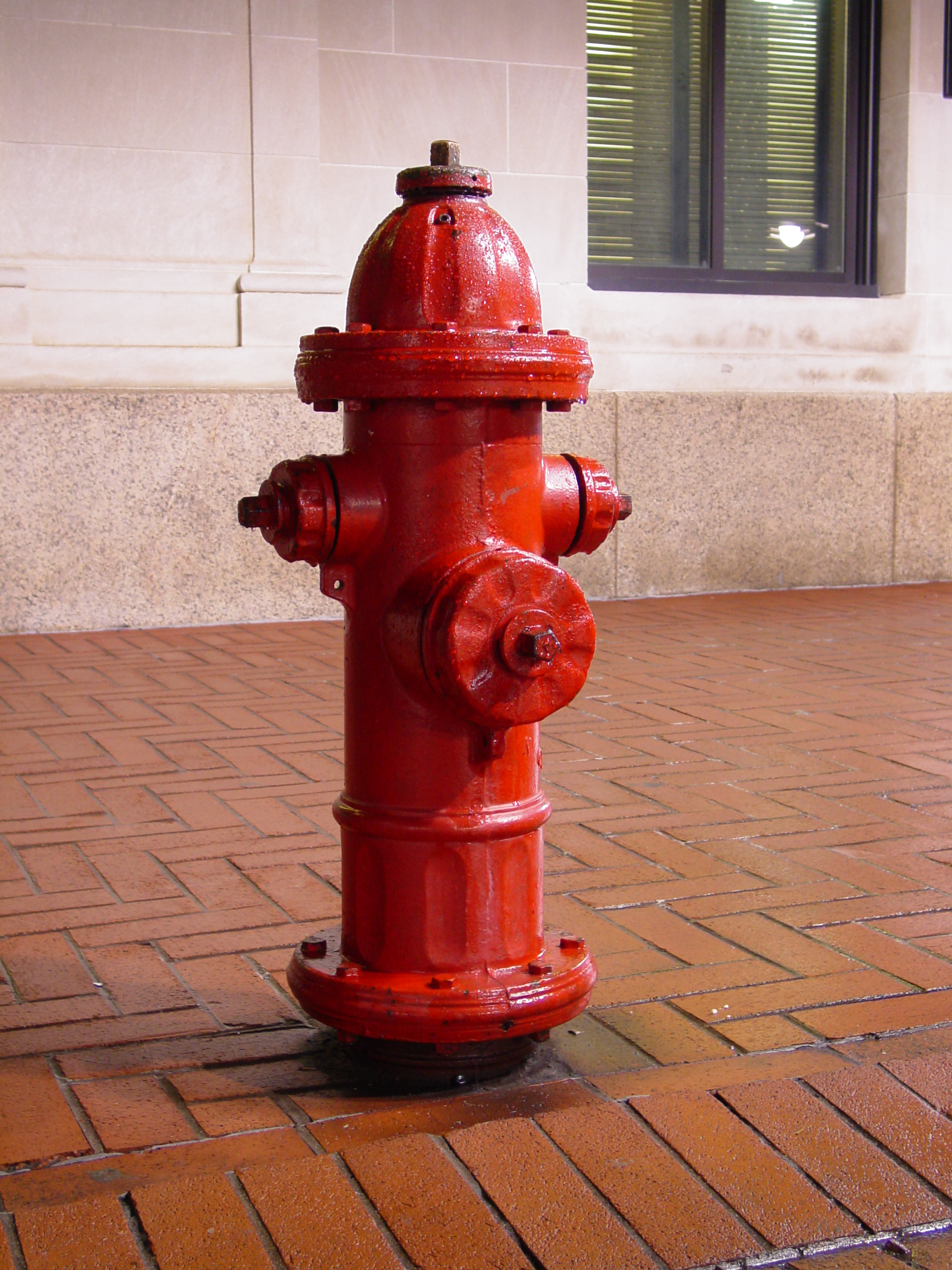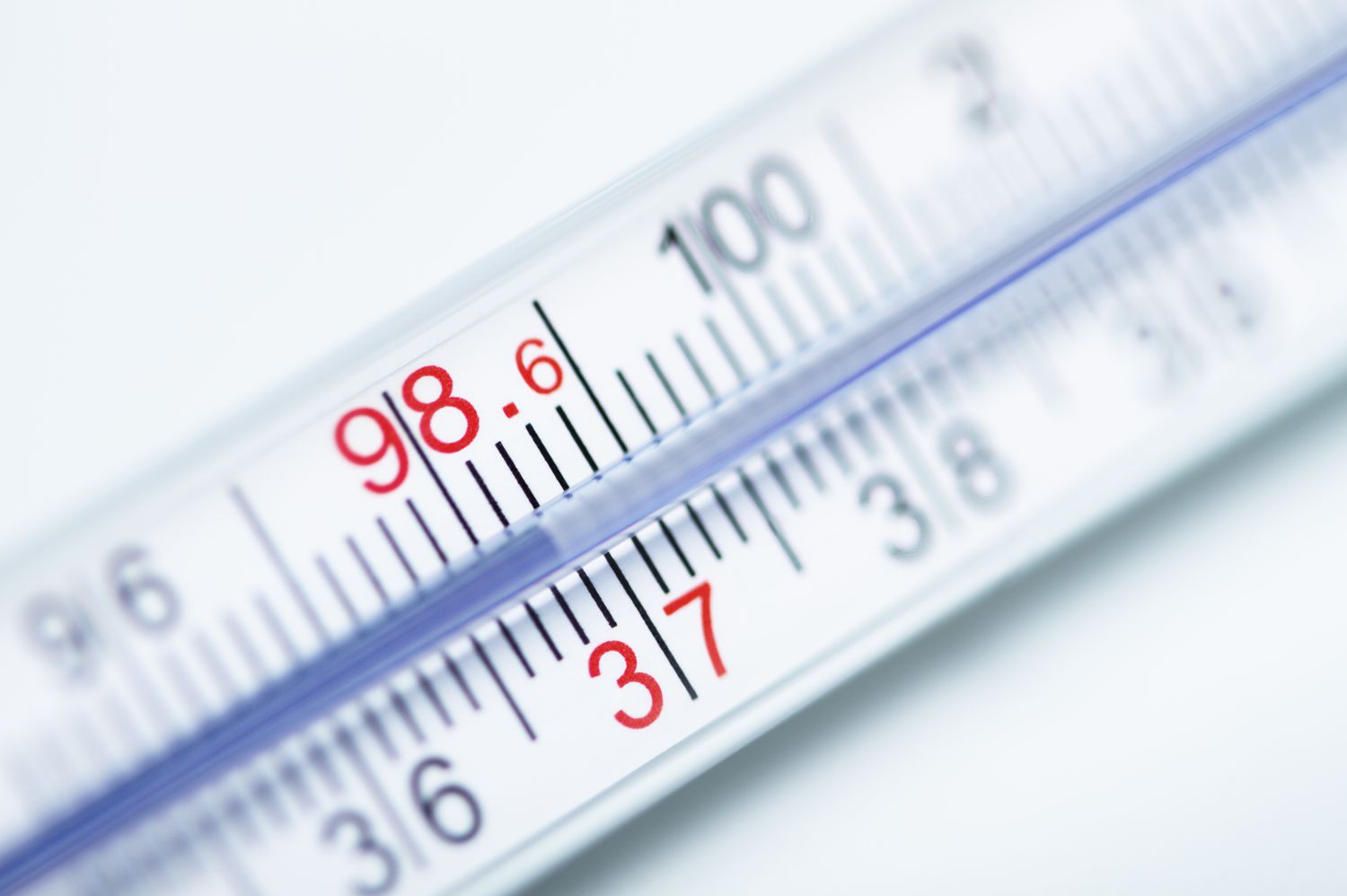HVAC Systems: Meaning, Objectives, Components, Types, Selection
HVAC stands for heating, ventilation, and air conditioning. These systems are used to control the temperature, humidity, and air quality in buildings. Heating systems can use a variety of sources such as natural gas, electricity, or heat pumps. The most…
Pros and Cons of Carbon Steel and Stainless Steel
Steel is an alloy of iron and carbon, often with small amounts of other elements such as manganese, chromium, nickel, and molybdenum. It is a strong and durable material that is used in a wide range of applications, including construction,…
Brinell Hardness Test: Introduction, Procedure, Formula, Standards
Brinell hardness is a measure of the hardness of a material, typically metal. It is determined by pressing a hardened steel or carbide sphere of a known diameter into the material under a known load, then measuring the diameter of…
How to Calculate Weight of a Steel Plate? Working, Functions, Factor Affecting and Formula
A steel plate is a flat piece of steel material with a thickness of 0.25 inches or more. It can be used in construction, structural engineering, and other applications where durability and strength are required. Steel plates can be made…
What is Piping Insulation? Its Types, Advantages and Disadvantages
Piping insulation is a material that is used to insulate pipes in order to maintain a consistent temperature and prevent heat loss or gain. It is typically made from materials such as fiberglass, foam, or mineral wool, which have good…
What is a Fire Hydrant? Its Types, Working, Components, and Color Coding
A fire hydrant is a device that is used to pump water from a municipal water supply system to extinguish fires. It typically consists of a vertical metal pipe with a valve at the base, which can be opened to…
Mastering Pipe Welding Positions: Understanding the Different Positions
Welding positions refer to the angle at which the welding process is performed. The position of the welder and the workpiece relative to each other determines the welding position. The five most common welding positions are flat, horizontal, vertical, overhead,…
Fatigue Analysis: Definition, Methods, Types, Reasons, Failure Criteria
Fatigue analysis is the process of determining the structural integrity of a material or component under repeated loads or cycles over a period of time. The goal of fatigue analysis is to predict when a material or component will fail…
What is Metal Galling? Its Causes, Mechanism, Susceptible Metals, Prevention
Metal galling, also known as cold welding or adhesion, is a type of wear that occurs when two metal surfaces are in contact and slide against each other. This can happen when two metal parts are tightened against each other,…
What is Temperature? Units of Temperature and its Measurement
Temperature is a measure of the thermal energy or heat of an object or substance. It is typically measured in units of degrees Celsius (°C), degrees Fahrenheit (°F), or kelvins (K). The most common scales are the Celsius and Fahrenheit…










